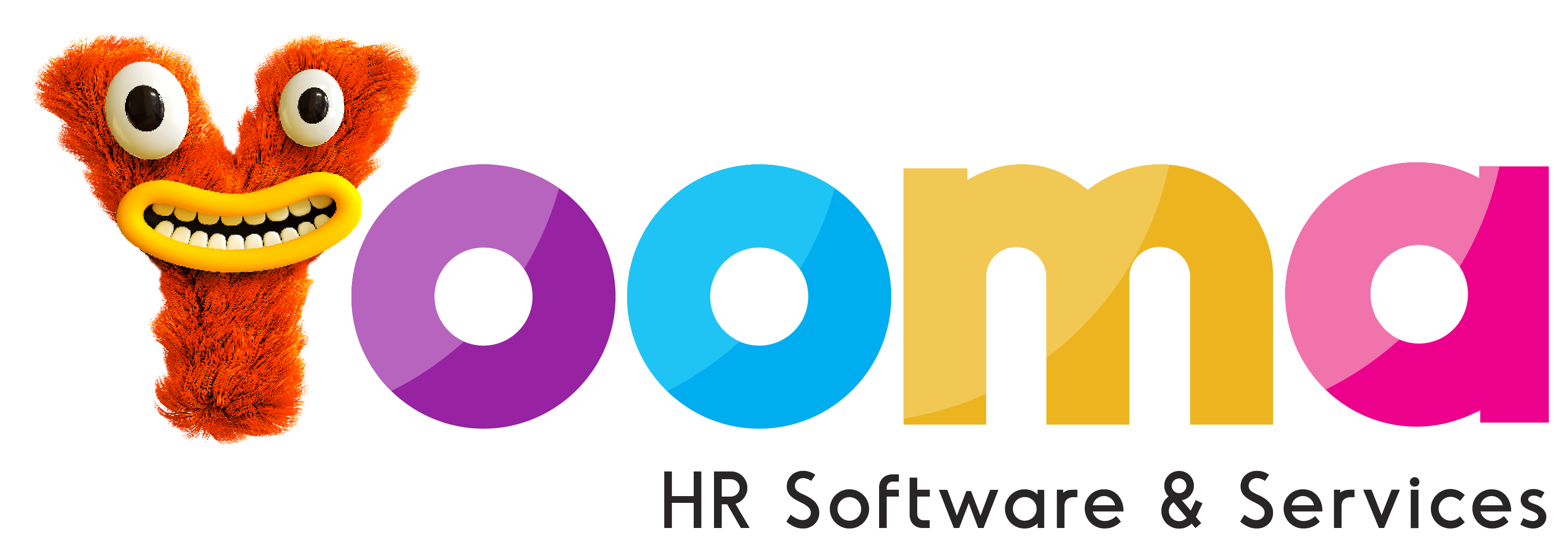When Employees Leave: How a Bad Offboarding Process Can Hurt Your Business
This post was written by Izette Groenewald

When a new employee joins your company, you likely have a structured onboarding plan in place—welcome emails, checklists, training schedules, and systems access. It’s an essential part of setting someone up for success. But when that same employee leaves, what happens? For many businesses, the offboarding process is rushed, informal, or sometimes neglected entirely. This oversight can have serious consequences.
Offboarding might feel like the final administrative step in an employee’s journey, but in reality, it’s a vital part of the employee lifecycle. When done poorly, it can result in payroll errors, legal non-compliance, data security issues, and damage to your company’s reputation. When done well, it supports a smooth transition for both the organisation and the departing employee—and helps build a more resilient business.
Why Offboarding Deserves Just as Much Attention as Onboarding
Offboarding is often treated as a simple checklist—but in reality, it’s a crucial stage that deserves care and attention. It includes more than just signing a resignation letter or collecting a laptop. From processing final payments and revoking system access to conducting exit interviews and updating employee records, there are several moving parts that need to be handled smoothly. When HR teams are already juggling multiple responsibilities, it’s easy for important steps to be missed.
One of the most immediate pitfalls is payroll. Final pay runs, outstanding leave balances, and deductions all need to be calculated accurately and processed on time. Errors here don’t just create a bad final impression—they can lead to legal headaches and costly penalties if your business falls out of step with labour or tax regulations.
But compliance isn’t limited to payroll alone. Proper offboarding also involves documenting the termination, archiving records, and ensuring all statutory reporting is up to date. Without the right systems in place, you may find yourself hunting for documents during audits or legal reviews, creating unnecessary stress and exposing your business to risk.
There’s also the issue of data security—a growing concern in today’s hybrid and remote workplaces. If an employee’s access to emails, systems, or cloud-based files isn’t revoked in time, it can leave your organisation vulnerable. Even trusted former employees can accidentally retain access or information they shouldn’t, which opens the door to potential breaches or misuse of data.
And then there’s the human side of the equation. Offboarding is often someone’s last experience with your company, and how it’s handled matters. A disorganised or impersonal exit process can leave a sour taste—particularly for someone who has contributed years of service to helping your business grow. Worse still, it can affect the morale of the colleagues who stay behind. When employees see their peers leave without care or acknowledgment, it sends the wrong message about how people are valued within the business.
A thoughtful offboarding experience, on the other hand, communicates professionalism, appreciation, and integrity. It shows that your organisation pays attention to the full employee journey—not just the beginning.
How Yooma Simplifies and Strengthens the Offboarding Process
Yooma HR & Payroll was built with the full employee lifecycle in mind—including what happens at the end of that journey. Our platform supports a clear, consistent, and compliant approach to offboarding, making it easier for HR teams to manage exits with confidence and care.
With Yooma, you can track resignation dates, manage contract end-dates, and initiate final payroll processing all in one system. Employee records are automatically updated and securely stored, making it easy to access the right information when you need it. Because Payroll and HR data are integrated, there’s no need to manually re-enter final figures—minimising errors and saving time.
The platform also supports role-based access and change tracking, ensuring that you can monitor every step of the process with clarity and accountability. From setting up an exit interview to confirming that system access has been revoked, Yooma provides a central hub where nothing falls through the cracks. Whether an employee is resigning, retiring, or reaching the end of a contract, Yooma enables you to handle every exit with professionalism and efficiency.
Ending on a Positive Note
Just as onboarding sets the tone for an employee’s experience, offboarding shapes the lasting impression they’ll carry with them. It’s a powerful moment—one that can either build your brand or quietly chip away at it. By investing in a thoughtful offboarding process, you show your commitment to people, process, and professionalism. Yooma makes that easier, giving you the tools to ensure every departure is smooth, compliant, and dignified.
View our Latest Blog Posts

Attracting Talent Is Hard – Keeping It Can Be Even Harder

When Employees Leave: How a Bad Offboarding Process Can Hurt Your Business

From Hiring to Retirement: Why Yooma is the Ultimate HR Partner

Mastering the Hybrid Work Model: How Yooma Streamlines Team Management

Preparing for the Future: Upskilling and Reskilling Your Workforce

What Does Staff Wellbeing Really Mean?

Unlocking Employee Potential with Yooma’s New Performance Management Module

Automate Your Way to Success: The Benefits of HR/Payroll Automation with Yooma

Navigating South Africa’s 2024 Budget Changes: The Impact on Minimum Wage and Tax Brackets



